How to Maintain Your Garden Zen at the Philadelphia Flower Show
A Smithsonian gardener with a long history of touring the show gives tips
March is that month of meteorological madness that blows in like a lion only to tease with the warmth of a gentle lamb. But it also marks the annual opening of a springtime extravaganza, the Philadelphia Flower Show—the nation’s largest and oldest horticulture exhibition, with spectacular displays of floral abundance.
Beginning this weekend, thousands of amateur and expert gardeners, seed collectors, floral arrangers, botanical artists and ordinary thrill seekers will head like supplicants to their mecca. This year’s show, running from March 5 to 13 and encompassing some ten acres inside the cavernous Pennsylvania Convention Center, celebrates the 100th anniversary of the nation’s National Parks.
With landscape designs honoring Muir Woods, Olympic National Park, Hawa’i Volcanoes National Park, Arches National Park, the Great Smoky Mountains, Grand Teton, Saguaro, Yellowstone, Valley Forge, Acadia, Cape Cod, as well as the Appalachian and Pacific Coast Trails, the show is expected to attract thousands of enthusiasts.
Other highlights include a miniature railroad display, a climbing wall, a live butterfly experience, ranger stations, a food court, a beer garden, a hands-on craft workshop and a robust wine and liquor tasting. (How else to ease the aches and pains that come of a gardener’s digging, hauling, weeding and other toil.)
The show is best known for its over-the-top opening display, always a breathtaking experience. This year the architecture of the historic lodges inside the National Parks will be recreated in a wood and stone structure called Big Timber Lodge. The display includes evergreens, hyacinths and crocuses, cosmos and Echinacea and other woodland species. Giant overhead screens featuring the animals of the nation’s parks in video, featuring a rumbling herd of bison on the move and the chatter of songbirds will compliment a reconstruction of giant California redwoods and a 12-foot waterfall.
The juried show awards its coveted Pennsylvania Horticulture Society Gold and Blue Medals based on criteria such as “cultural perfection,” meaning that flowers, foliage and fruit are in the height of vigor and health; or “distinctiveness,” meaning that the aesthetics are of the utmost merit; as well as notable “rarity,” “bloom,” “fruit,” “maturity” and “difficulty.” A host of other prestigious awards are offered based on the rigorous standards that have evolved over the show’s 187-year history and upheld by a team of nearly 200 discerning judges.
One such judge is the Smithsonian Institution’s Cindy Brown, manager of the Smithsonian Gardens horticulture collections and education. We caught up with Brown just before her departure for the City of Brotherly Love. Brown, who says she’s been going to the show and leading tours for more than a decade, offered a number of tips for navigating the displays and making the most of the experience.
What’s your best advice for fighting the crowds?
Bring your patience. Look on the website ahead of time and make a plan. Know what they have to offer because they feature lectures and presentations, so know when to be there for those instead of just walking around.
What’s your favorite out-of-the-way exhibit?
The Hamilton Horticourt. That is where everyone can bring in their own prized plants—their kalanchos and jades, or crassulas—and be judged by experts in the field. I like it because there, everyone can be a part of the flower show.
What do you look for in the exhibits?
I’m always looking for new ideas on what to be able to grow? And what combinations of plants grow well together. In years past the designers haven’t always had the best combinations. They look beautiful. But if you were a gardener, you would know that they had mixed shade and sun plants. But they are doing much better in encouraging exhibitors to do combinations that actually work. So that the amateur gardener can get really good ideas for what to grow and how to display them for plant combinations. For hardscaping, I always look at what they are using for the paths. We always need good ideas for creating pathways in a garden.
Do new things turn up?
Yes. I always like to look at what the universities and the high school tech groups are doing for their exhibits because they are educational as well. Last year they did one about how to use recyclables in your yard and they had created these rain chains—they were beautiful and made out of bells—so you were learning how to both recycle the water and to spark up your garden. I also saw this fascinating wind chime that was hand-constructed using pennies and old keys. So creative.
What stands out in terms of must-see designers?
I would say give all of them a chance because each year they do something unique. I like to walk through and then turn around, and go through again—using a different route because I always find something else intriguing.
So what would you say is the plant to have in your garden this year?
I don’t know. A Redwood (laughs)? But if you don’t have the space for a 300-foot tree, I’d say they’ll probably do a good job highlighting some of the evergreen trees that you would see in some of the National Parks and that you could incorporate into your garden, as well as some of the cactuses and succulents. I’m big into trough gardens because I’m always looking for those little succulents to put in my small townhouse garden.
So gardeners are dealing with the nuances of climate change even in their backyard gardens. California gardeners are being asked not to water. Any helpful suggestions?
Sustainable gardening. Look at water-wise gardening and plant things that don’t need so much moisture, things that are growing naturally and natively in the climate and in your zone. Many of us have zone denial and grow things that just don’t work in our areas, but we have to know what zone we’re in, what is the climate, the weather conditions and then we have to pick appropriate plants so that we don’t have to go out of our way to take care of them. Even if it is a native plant, make sure that it’s a plant that can grow in native conditions. I would never try to grow a willow tree in a place that is really dry because a willow needs lots of water and likes a lot of moisture. We have to be careful that we are protecting our resources.
How do you keep track of all that you’re learning at the show, all of your ideas for your garden?
I always like to take pictures and I tell everyone on my tour groups to take pictures, especially if you want a horticulturalist to identify a plant for you. I can’t ID a plant if you tell me it’s green on the bottom and blue on the top; but if you show me a picture. And if you bring back pictures, you can take them to your nursery and ask for them to identify the flowers.
So at the end of the day after you’ve seen everything at the show and you have that last moment of gardener’s zen. What’s the final thing you do before you leave?
I usually go back to the entrance just to revisit. The Big Timber Lodge, I’m looking forward to seeing that. I also go to my favorite shops in the marketplace and pick out a pair of earrings, a favorite plant, a cool tool to add to my shed. Or I might go and sample some of the wines at the tasting. I might also linger at the cool little exhibits. Some people are completely overwhelmed by the complexity of the large displays, but the ones that are created by the local clubs are full of ideas for backyards and small homes.
/https://tf-cmsv2-smithsonianmag-media.s3.amazonaws.com/accounts/headshot/Beth_Head_Shot_High_Res-14-v2.png)
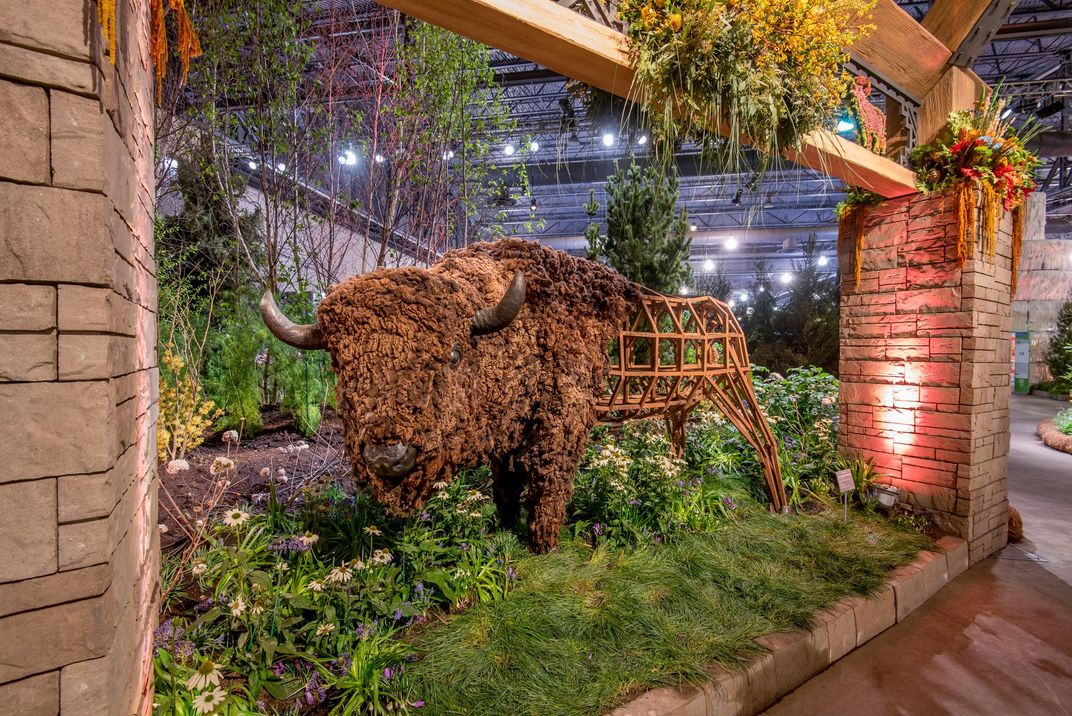
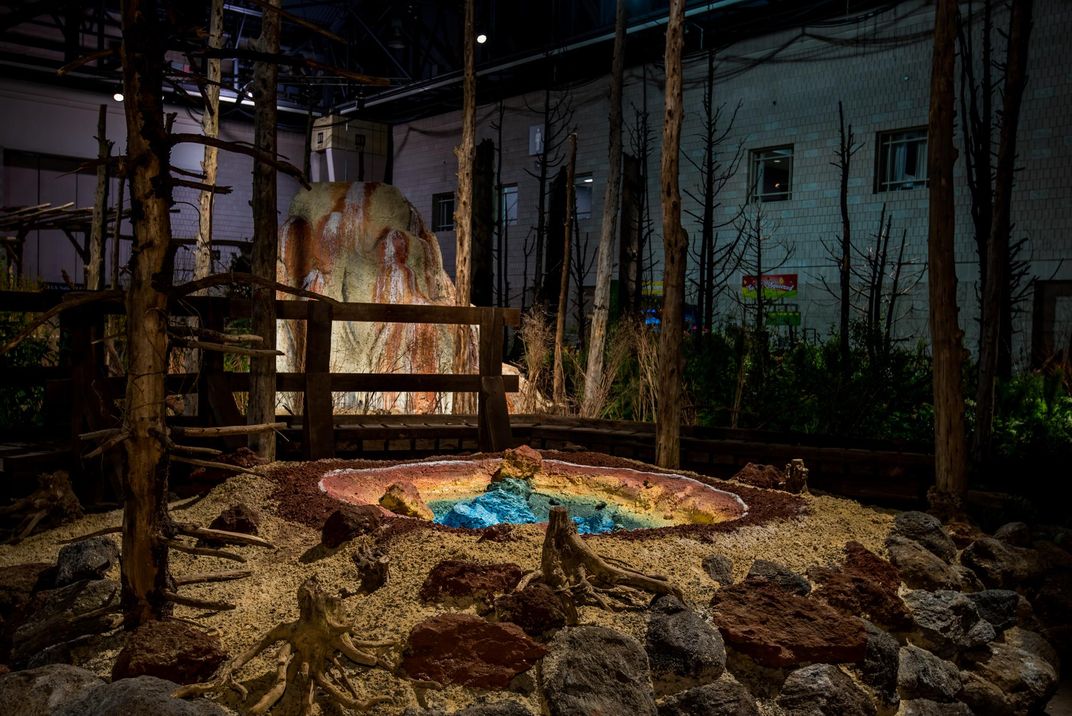
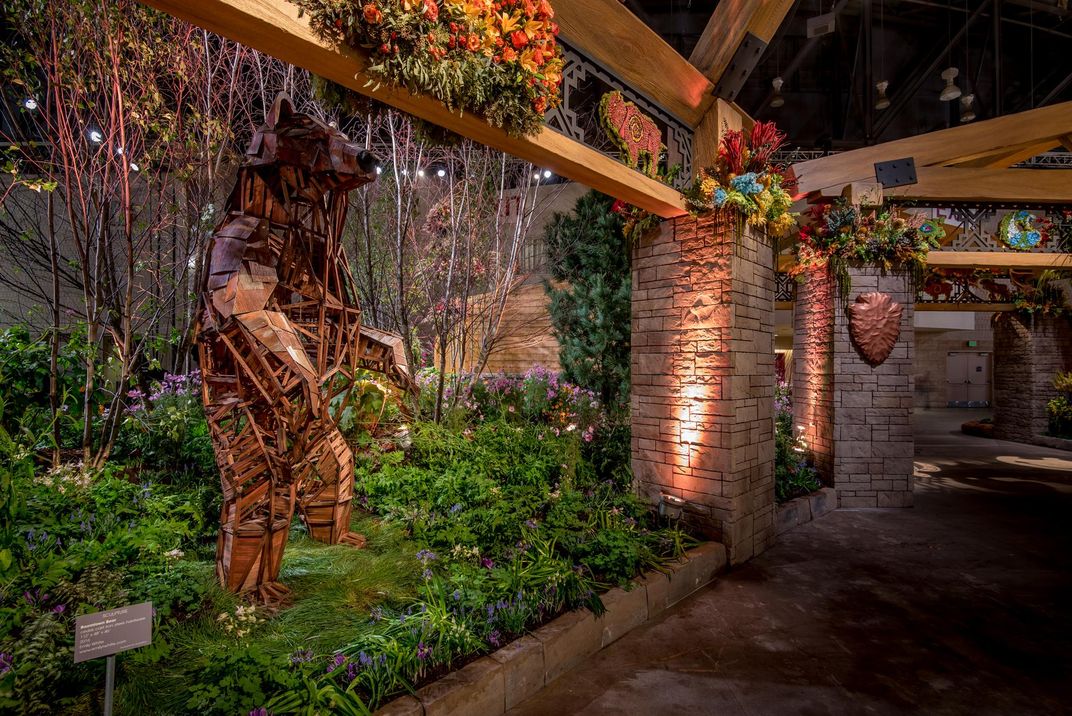
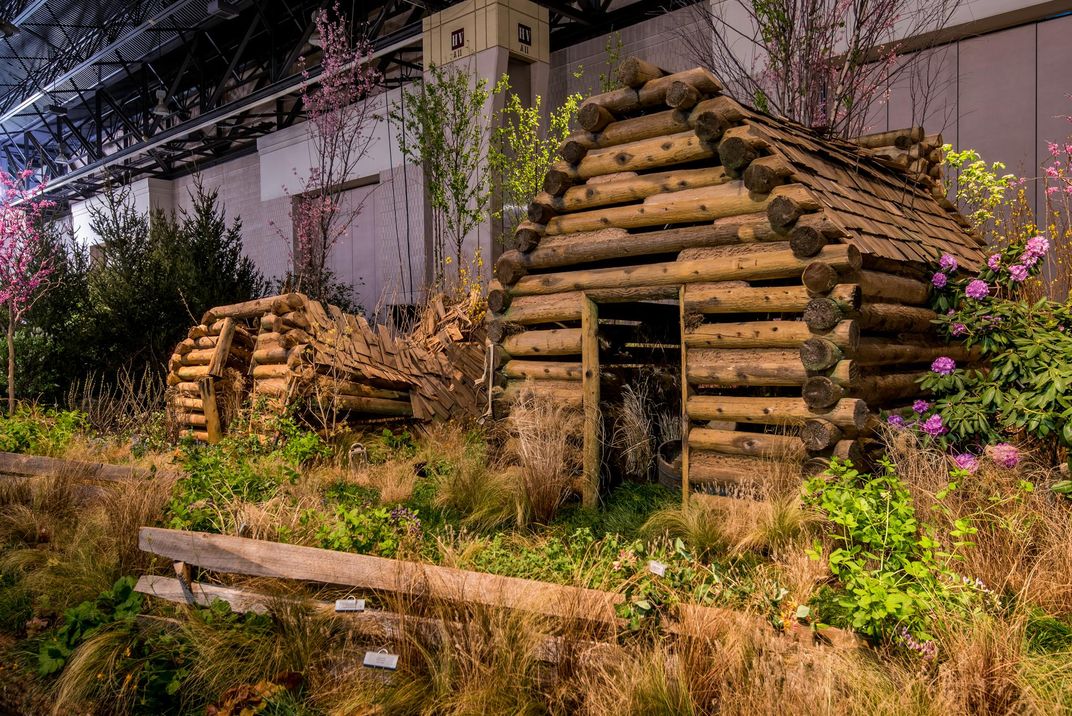
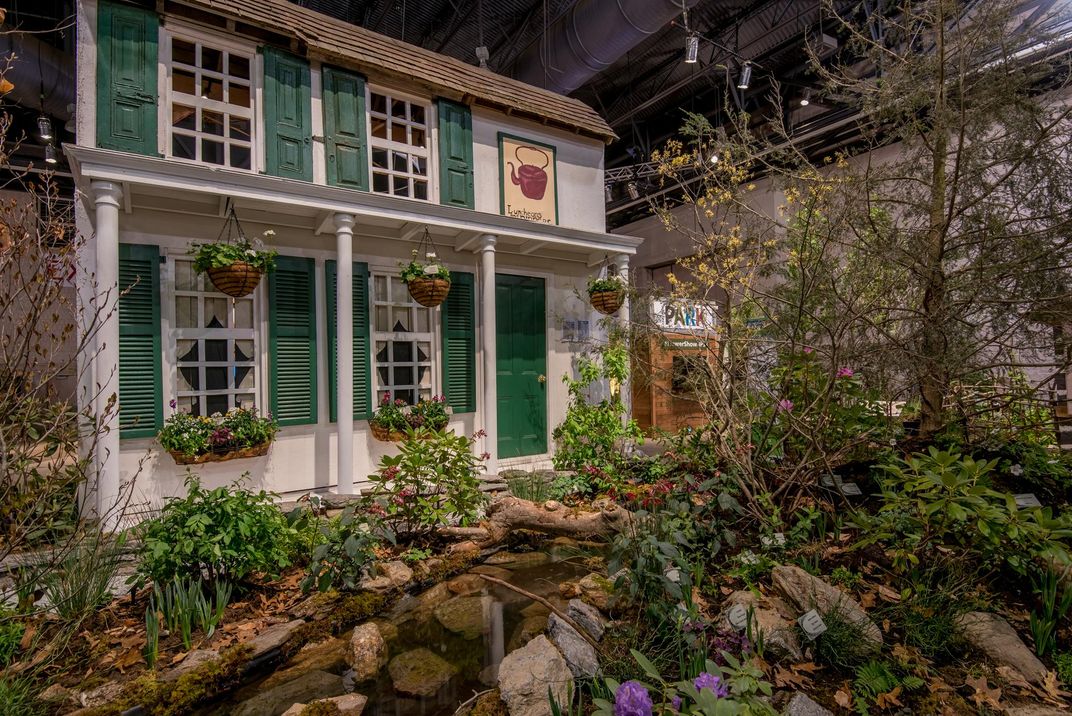
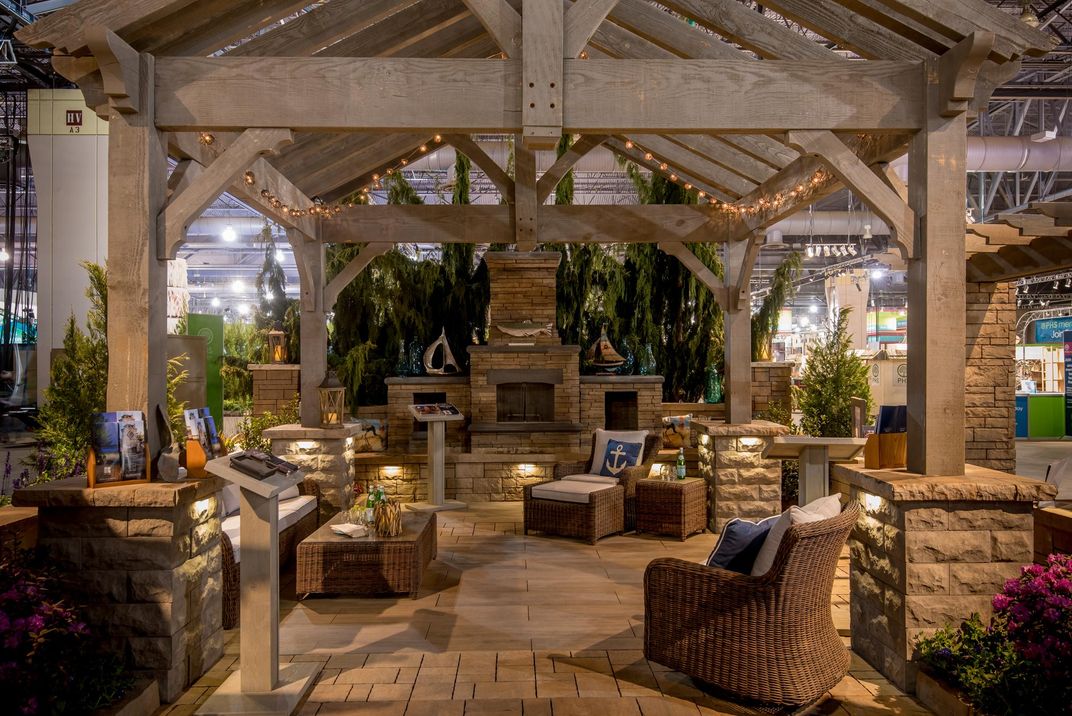
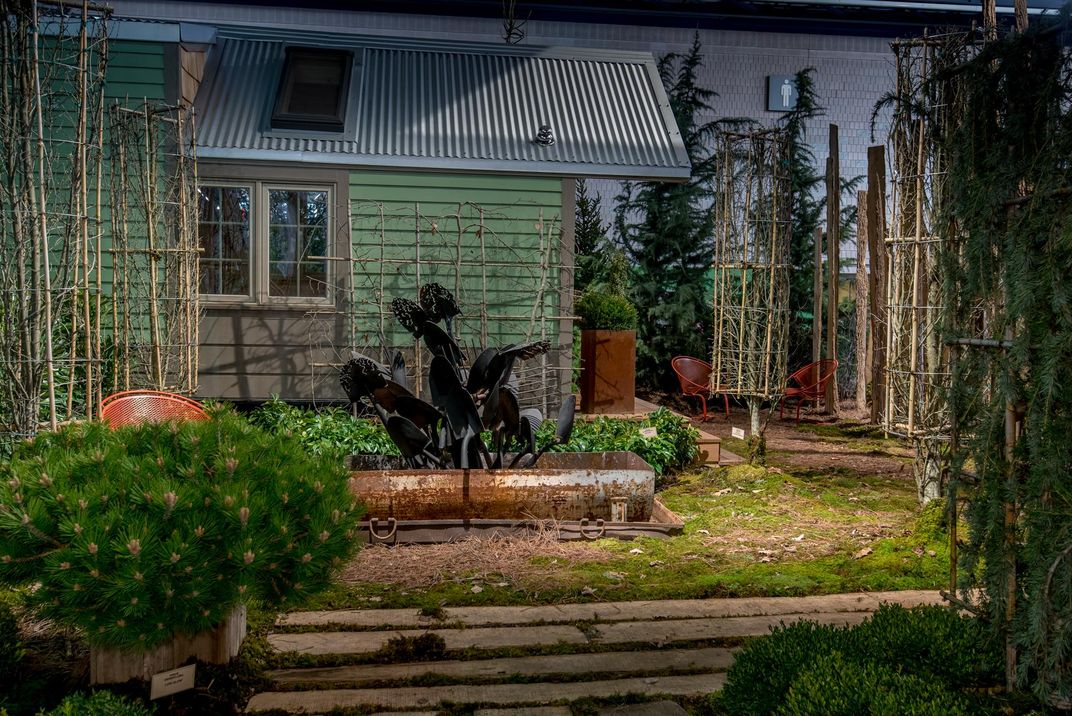
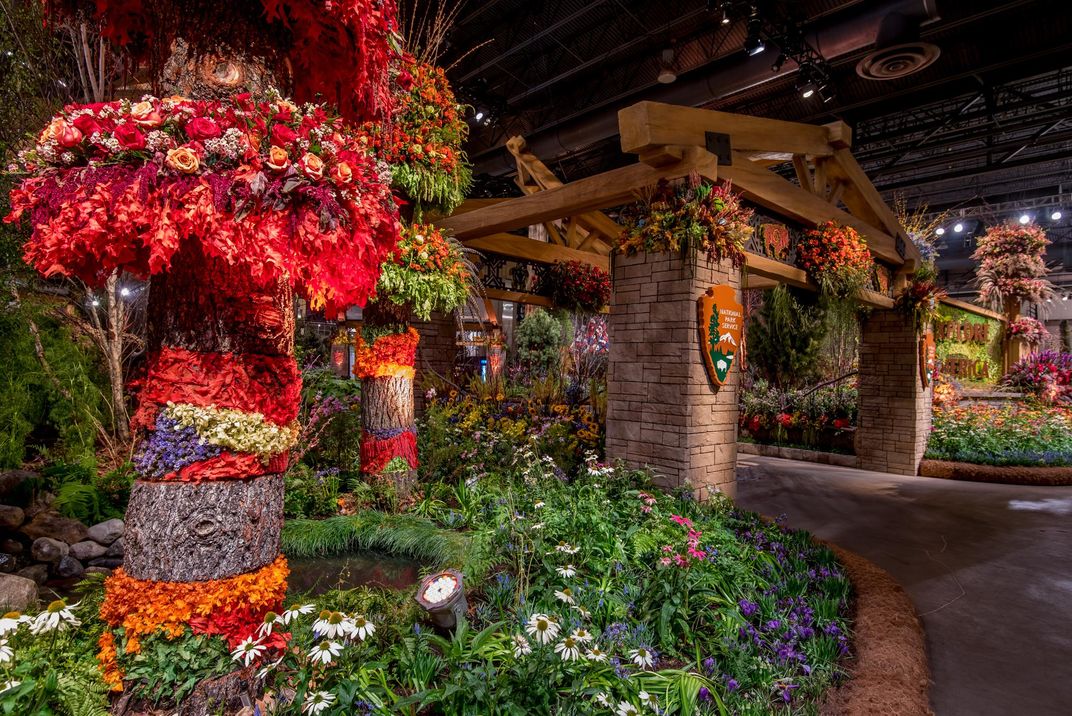
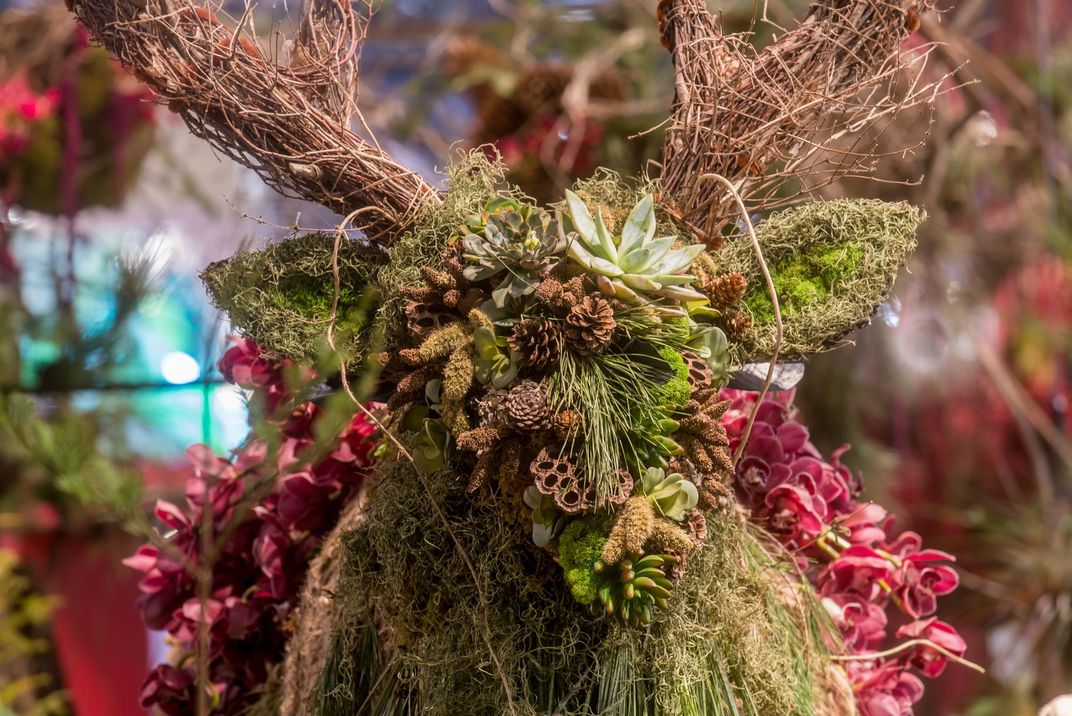
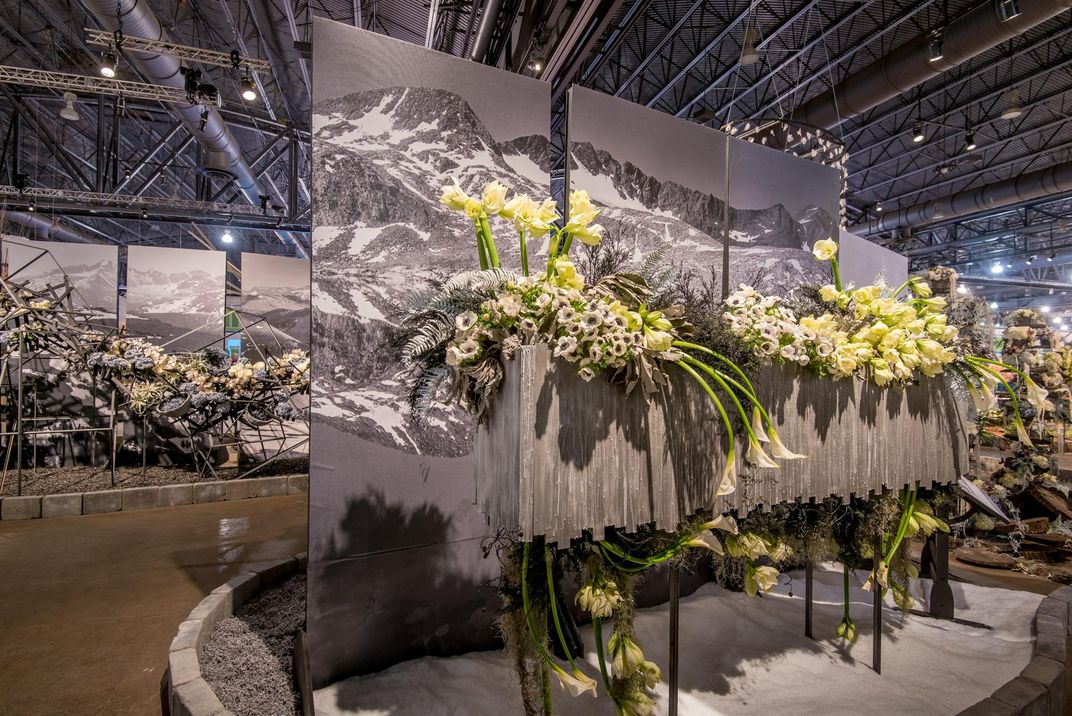
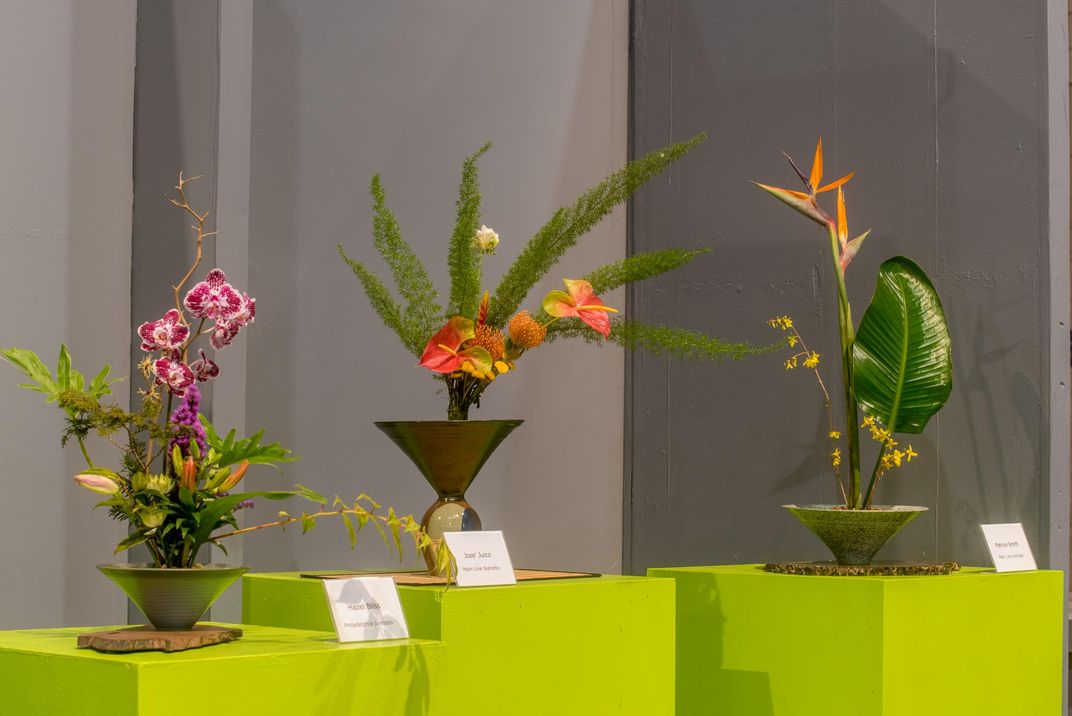
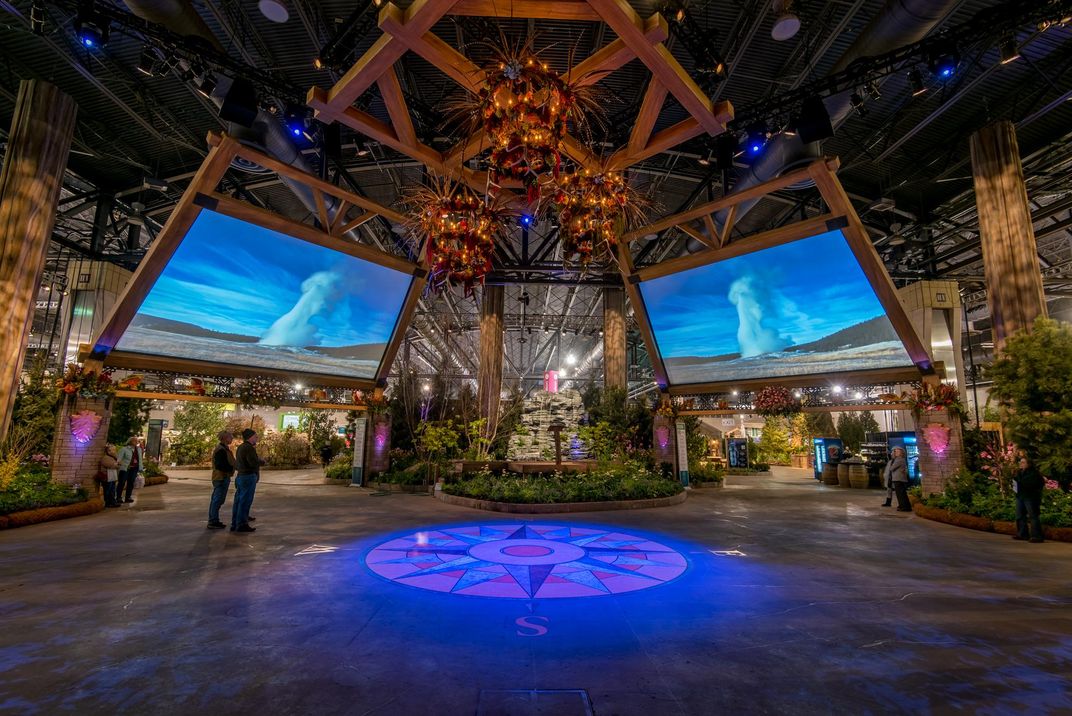
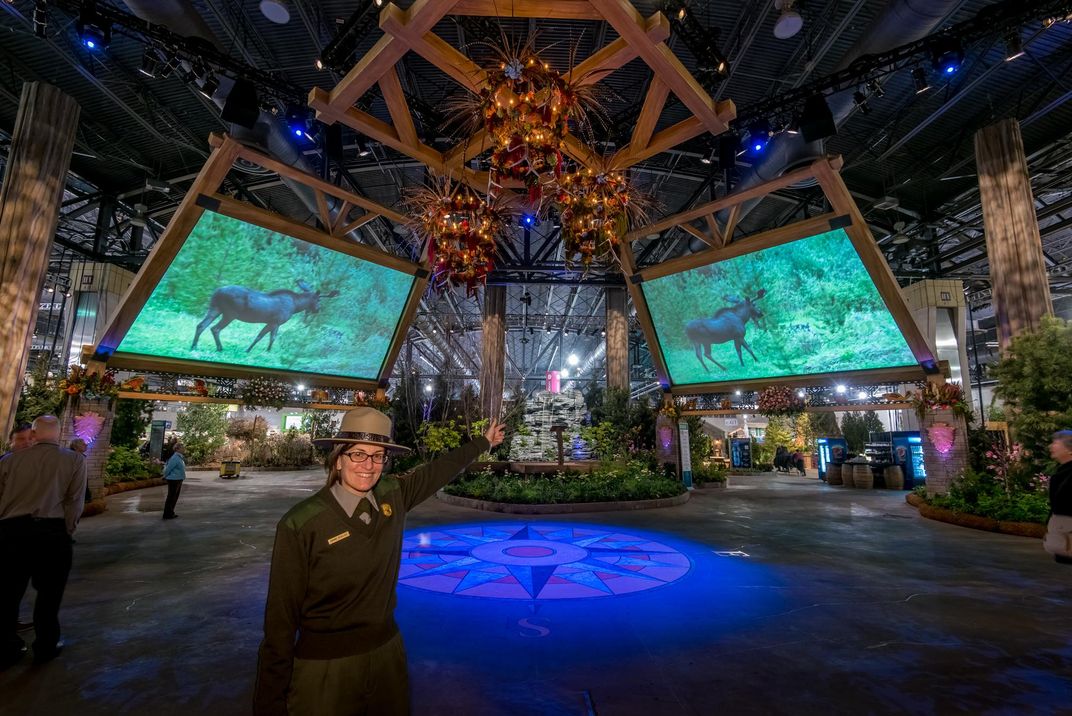
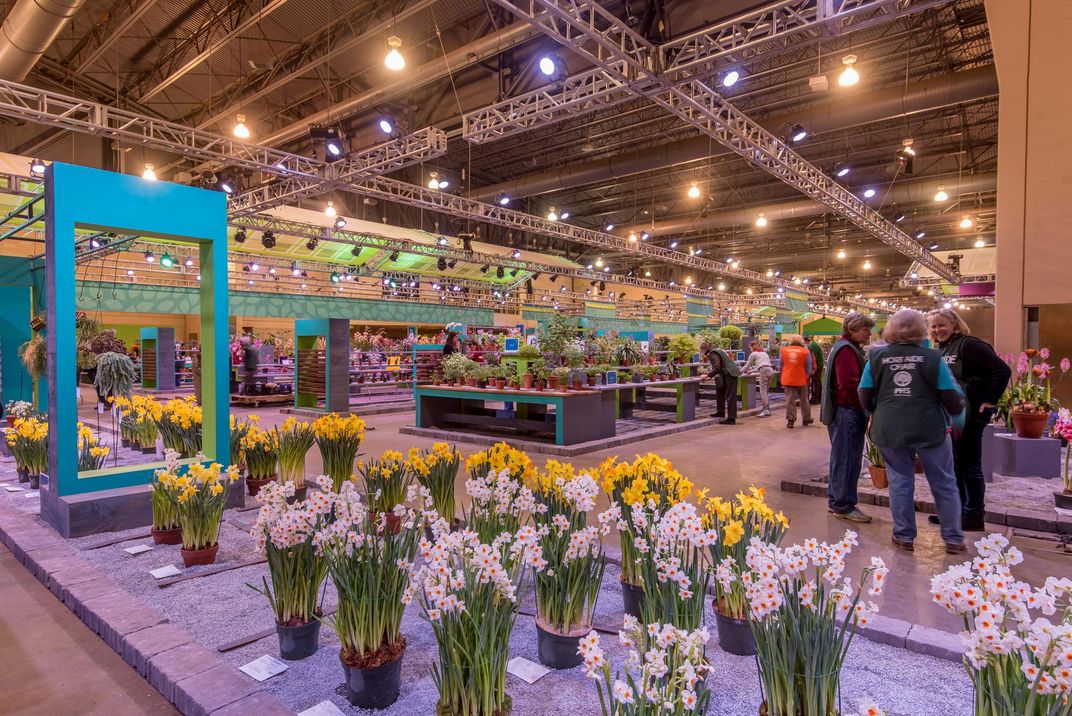
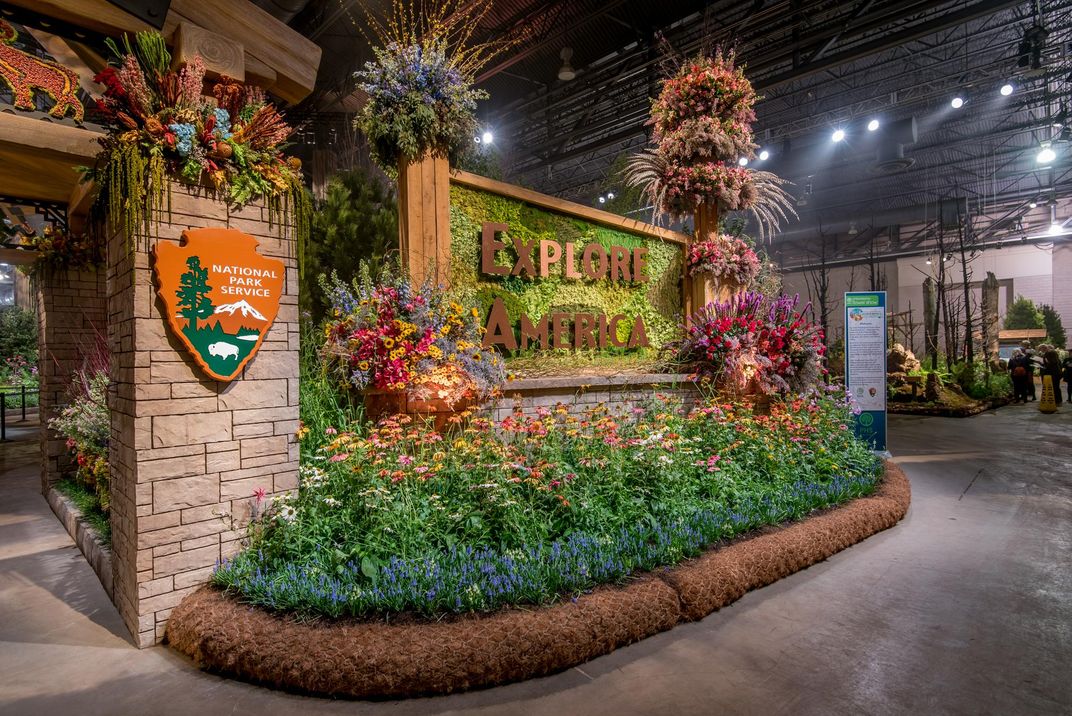
/https://tf-cmsv2-smithsonianmag-media.s3.amazonaws.com/accounts/headshot/Beth_Head_Shot_High_Res-14-v2.png)